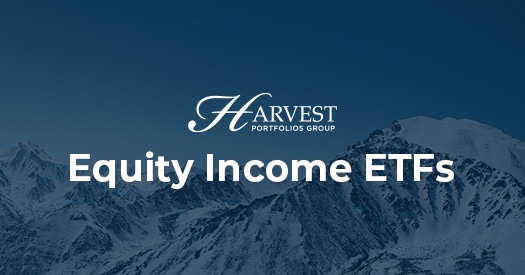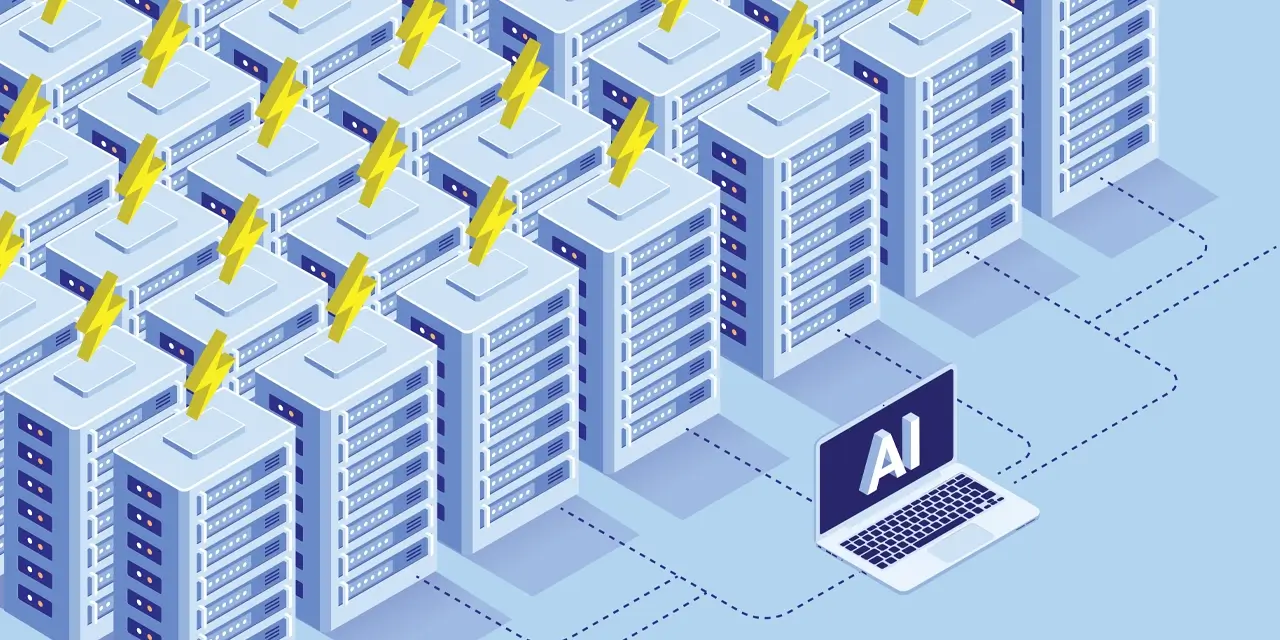By Harvest ETFs
Down markets, skyrocketing inflation, hiking interest rates, the struggles that have played out for so much of this year are impacting all investors—retirees included. That became all the more apparent when Natixis Investment Managers released their latest global retirement index. The survey of financial advisors, which placed Canada in the top 10 countries to retire in 2021, saw Canada drop to 15th place in the world, behind countries like Ireland and the Czech Republic.
The survey noted that many Canadians underestimate how long they’ll live, their healthcare costs and the amount of savings they’ll need to live on. Compared to its 2021 results, Canada lost ground on quality of life, material well-being and finances in retirement metrics, while gaining ground in overall health.
Natixis qualified the results of the survey by noting that the challenges faced in 2022 have been felt globally, with almost all surveyed countries losing ground. However, the somewhat precipitous drop for Canada invites a key question: what can retirees do to make themselves more secure?
How income can help in a longer retirement
It’s notable that Canada’s only net positive in 2022 was improving overall health. While that is an objective good, a healthier population also tends to live longer which adds to a challenge facing retirees: saving for a longer lifespan. Given the increased risk of requiring long-term care as an individual ages past 80 or 85, those later years of retirement can prove very expensive.
CPP benefits can provide a basic modicum of income for retirees which can help, but the traditional approach to retirement of building a ‘nest egg’ of capital that can be drawn upon throughout retirement is highly challenging in a world of longer lifespans and long-term care. Add into the mix that retirement savings held in an RRSP will be subject to mandatory withdrawals when the holder turns 71 and their RRSP turns into an RRIF.
A consistent amount of high income can help allay these pain points for retirees. Income generating investments held in a RRIF account can help cover the mandatory withdrawal amounts, allowing the principal to stay largely unchanged. A higher level of income can also help pay for unexpected higher costs later in retirement.
While the traditional source of retirement income has been fixed income and bonds, more than a decade of historically low rates have impacted the amount of income a retiree could expect from their fixed income. Rates are currently rising, but most yields are still significantly below the rate of inflation as the asset value of most fixed income has fallen as a result of these rate hikes.
One alternative retirees and pre-retirees may consider is an allocation to equity income ETFs. These ETFs combine a portfolio of equities, usually some amount of dividend capture, and a covered call option strategy which can monetize volatility and generate a distribution that results in a high annual yield.
As the Natixis survey stated, retirement has become more challenging around the world. But as Canadians feel less secure about their retirement futures, they should know that investment income can help and there is a wide array of income investments that might be able to bring them a greater sense of security.













